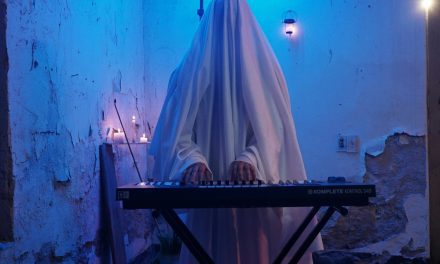The concept of a home studio setup has become increasingly popular in the modern day. It has allowed musicians, podcasters, voiceover artists, and content creators to produce professional-quality recordings from the comfort of their homes.
But what exactly is a home studio setup, and why is it important to have a good recording environment? In this comprehensive guide, we will provide detailed answers to these questions and then some.
What Is a Home Studio Setup?
A home studio setup refers to a dedicated space within a residence equipped with professional audio gear and acoustic treatment. The purpose of these is to facilitate high-quality music production and sound engineering.
It allows aspiring musicians, podcasters, voice-over artists, and sound engineers to unleash their creativity freely. And the best part? They can do so without worrying about costly studio rentals. If you’re thinking of setting up a home studio, the most essential components you’ll need are:
- A powerful computer for recording and editing
- Studio monitor speakers for accurate sound reproduction
- A quality microphone
- An audio interface to capture and process sound
Creating a conducive recording environment with proper acoustics and soundproofing is crucial to minimize external noise and echo. This is necessary if you want to end up with a pristine audio output.
Why is a Good Recording Environment Important?
As stated in brief earlier, a good recording environment is essential for capturing professional-quality sound. It minimizes unwanted noise interference, ensuring optimal performance of audio gear. This also aids in facilitating the effectiveness of acoustic treatment and soundproofing measures.
With such a well-designed space, artists can manage reverberation, frequency response, and overall room sound. Keep in mind that the functionality of audio gear is greatly influenced by the environment. More specifically, proper acoustics enhance the performance of different equipment, such as microphones and monitors.
A home studio requires special acoustic treatment, specifically, the installation of diffusers and absorbers. Such tools help to control reflections and resonances, creating a balanced sonic environment.
Implementing soundproofing techniques is also necessary. This entails adding isolation booths or using soundproof materials. Doing so further isolates the recording area from external noise, ensuring clean and uninterrupted audio recordings.
Hacks for Creating Pro-quality Recordings in a Home Studio
Equipping your home with the right recording tools and software is not enough. It’s also good to familiarize yourself with hacks that can help you achieve professional recordings. These include:
- Investing in premium-quality equipment – this is certainly a case of getting what you pay for. So don’t skimp on quality.
- Trying different mic placements – experimenting with different positions will help you achieve varying tonal qualities.
- Ensuring the space is soundproofed
- Using your headphones to monitor
Conclusion
Setting up a home studio offers a wide range of benefits. For one, it allows you to make recordings from the comfort of your home. For some, this translates to massive cost savings. Secondly, it allows you to record at any time. So if your creative juices start flowing in the middle of the night, you can head to your studio and begin recording.
That said, you’ll need to set up this studio properly to reap maximum benefits. This means investing in quality equipment, software, and soundproofing the space among others. If you want to learn more about home studio setups, visit our website DLK Music Pro News.




